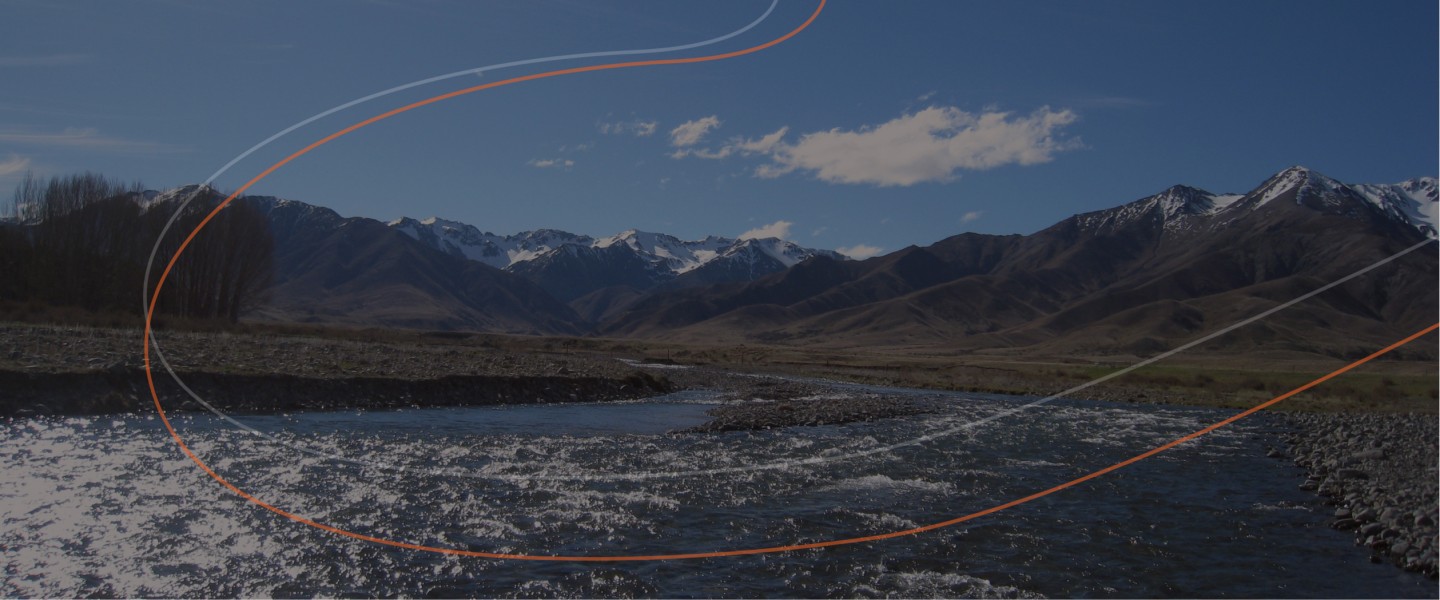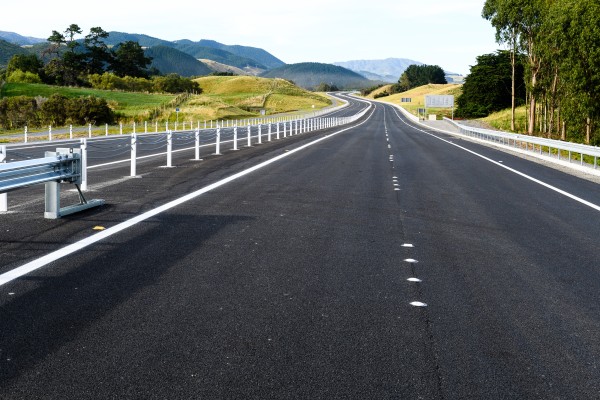Summary
It is 50 years since the Accident Compensation Corporation (ACC) was launched to provide world-leading, universal, no-fault compensation and rehabilitation for personal injury. While ACC has successfully served New Zealanders for decades, its injury prevention efforts often focus narrowly on individual behaviour rather than systemic factors. Prevention would be much more effective if it also addressed structural causes, such as unsafe housing or inadequate product regulations. Stronger collaboration with researchers, public health agencies, and government could enhance ACC’s role in promoting safer systems and advancing injury prevention strategies. That shift in direction would be a worthy advance to celebrate 50 years of serving Aotearoa New Zealand (NZ).
The Accident Compensation Corporation (ACC) opened for business in 1974. Common law actions were then barred, and in return, New Zealanders gained universal no-fault compensation and rehabilitation for personal injury. The blueprint for this scheme was the Woodhouse Report of 1967 which had set out clear principles, addressing both well-being and efficiency, in jargon-free prose.1 Since everyone in the community benefits from the contributions of individuals through work, recreation, and volunteer efforts, it’s only fair that the community takes responsibility for supporting and rehabilitating those who face injuries or incapacitation while engaging in these activities.
For five decades, ACC has provided medical treatment, rehabilitation and income-related compensation, funded by compulsory levies.1 Woodhouse recommended that the scheme include a department “charged with the promotion of safety” and commented that its “unique records” would support that.2 ACC runs injury prevention campaigns. This Briefing looks at the evidence on personal-injury risk. What works most cost-effectively for prevention? How can ACC play a stronger public health role?
Need to update injury prevention model to embrace a modern “safe system” approach
Over the past three decades, the causes of injury have been recognised as arising from an environment where many factors interact. The “safe system” approach is based on this idea, shifting the focus from victim-blaming to recognising that while a victim’s behaviour (or mistakes) often plays a role, addressing structural and environmental factors can prevent far more injuries than simply advising people to act safely. Examples of effective elements of safer systems include median barriers on roads, advanced driver assistance systems (including autonomous braking and electronic stability control) in vehicles 3 and safety features to prevent falls in homes .4 A major drawback of safety campaigns that urge people to behave safely is that wider systematic factors are ignored as injury has been framed as the sole responsibility of the individual.
The government can play an important role in promoting a safer system. For instance simple home modifications in all NZ houses could reduce fall-related injuries by around 26%.4 However, there are several barriers to implementing these modifications. One is product safety. Some products give false promise of safety, such as grab rails for bathrooms that attach to walls with suction cups, but these regularly fail when relied on to support body weight .5 Others are not fit for purpose, such as solar-powered outdoor lighting that is not weather-proof and smoke alarms with short battery life .5 Government regulation preventing the sale of these products would increase safety and allow people to install safety features that actually increase safety (even though the monetary cost appears higher than for inferior quality products).
A growing proportion of New Zealanders live in rental housing and have little say on how safe their homes are. Regulation of minimal standards of rental housing has already been implemented for aspects such as insulation and heating.6 Regulation was necessary as the provision of subsidies for insulation and heating did not result in high uptake by landlords.7 Requiring rental housing to also have safety features to prevent falls would have substantial benefits for the safety of renters.8 and address some of the inequities in home environment safety faced by those who rent.9
These examples illustrate how injury prevention efforts that address systematic causes need a wide remit. If ACC has a narrow view of its role as an injury insurer, then its engagement with the government will be limited. It will not advocate for constraints on the sale of unsafe products or lobby for regulation of the safety of rental housing. Instead, its safety campaigns will be around encouraging or facilitating safer behaviours, applying and fostering a narrow framing of injury causation.
Greater collaboration needed with other agencies and researchers
Stronger collaboration with other government agencies could enhance ACC’s role in promoting safer systems and advancing injury prevention strategies. In general, the ACC model has been a success for New Zealanders for five decades now. As a Crown entity with a dedicated income and its own reserves, however, ACC sits apart from other agencies of government, even though Te Whatu Ora and MSD, for example, share significant interests in injury prevention. ACC’s ‘handy hints videos’ that urge us to ‘think before acting’ link to neither a whole-of-government nor a safe systems approach.
Similarly, ACC could greatly strengthen its evidence base to help shape and evaluate its programmes. Research-informed injury prevention strategies have advanced a long way since the Woodhouse Report. The Report’s principle of ‘community responsibility’ is still relevant, however. And yet ACC is not playing as strong a role as it could in public health promotion, it’s not heeding up-to-date best practice, and it’s not fully engaging with researchers. Given ACC’s national scope and database, this is a significant lost opportunity. Collaboration with public health researchers in the field would help to ensure interventions were evidence informed and well evaluated. Ideally, such collaboration would extend to nurturing and funding an active injury research sector in NZ.
What this Briefing adds
- We should celebrate the role of ACC over the past half-century in supporting and rehabilitating people who are injured without consideration of who may be “at fault”.
- A no-fault approach to injury compensation recognises that injuries occur as part of a wider system, where fault should not be solely attributed to a single party.
- Research can identify cost-effective interventions that reduce incidence of injury and improve return-to-work rates.
- Significant social disparities exist in injury rates, and better uses can be made of the ACC database to guide injury prevention.
- There is a gap in central government for coordination of effort across ministries and departments to prevent injury.
Implications for policy and practice
- ACC can do more as a nationwide institution with mandated responsibility for injury prevention and rehabilitation.
- This role should include engaging with all arms of government that can have a role in injury prevention.
- Collaboration with public health researchers in the field would help to ensure interventions were evidence informed and well evaluated.
- ACC can build on its national database to analyse injury experience and advocate for systemic change in environmental and product design for safer communities.
Authors details
Dr Grant Duncan is an independent researcher and writer based in Auckland, and a visiting scholar at City, University of London.
Prof Michael Keall, Co-director of He Kāinga Oranga/Housing and Health Research Programme, Department of Public Health, University of Otago, Wellington.

